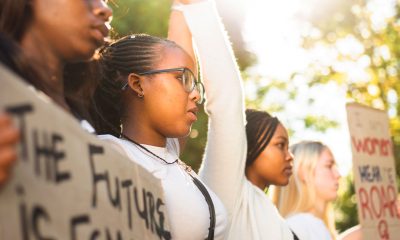Black History
Book Review: Kids Books on Voting by Various Authors
So, who will you vote for? That’s easy: nobody yet, because you’re still a kid — but you have your opinions. Even so, how much do you know about this important grown-up job? Learn more by reading these three great books on voting…
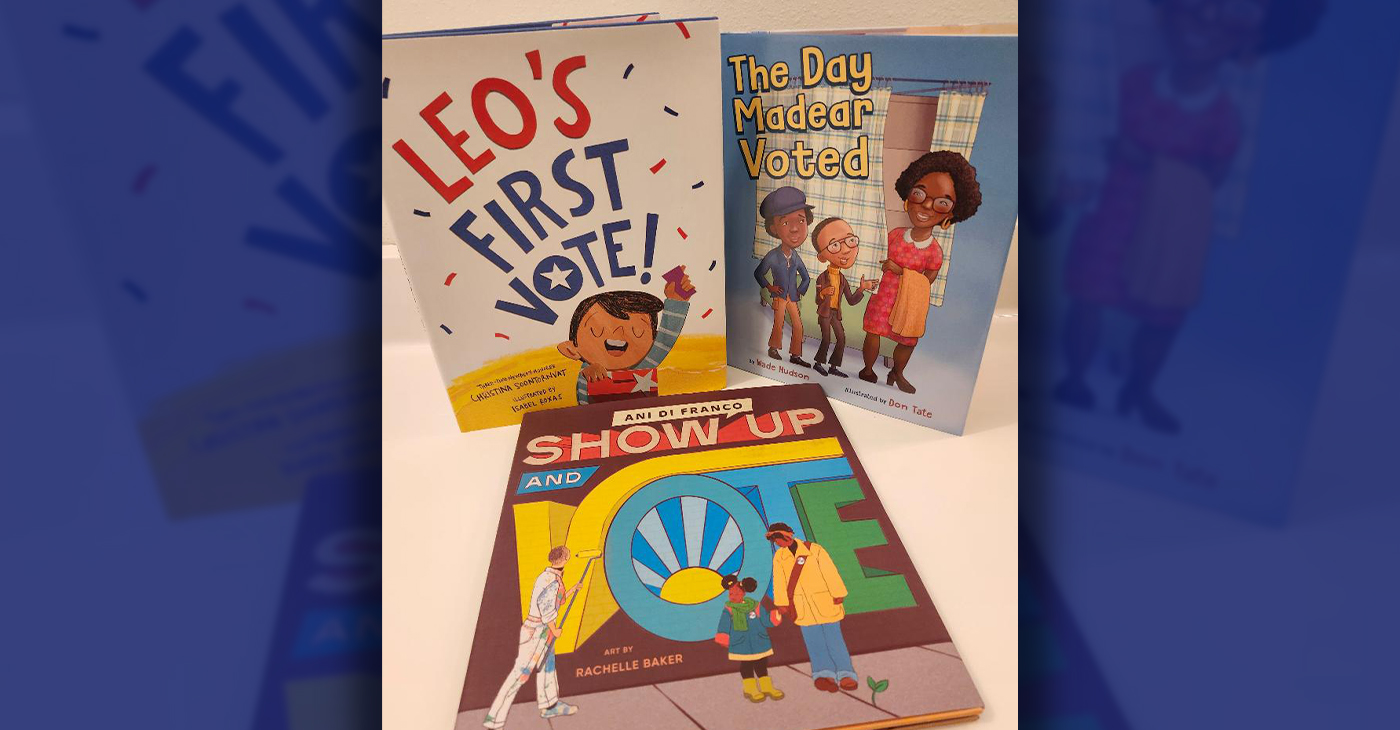
By Terri Schlichenmeyer
So, who will you vote for?
That’s easy: nobody yet, because you’re still a kid — but you have your opinions. Even so, how much do you know about this important grown-up job? Learn more by reading these three great books on voting…
It was a cold and rainy early November day when Mama said they had to go out. They had a job to do “that, by definition, no one can do for us…” In “Show Up and Vote” by Ani Di Franco, illustrations by Rachelle Baker (Penguin Workshop), the job is done in a big, official building that’s staffed by friendly people. Mama knew a lot of folks there because a lot of people come to vote, and “no matter the weather we do this together…”
Step by step, this book takes little readers from beginning to end of the voting process, showing them how important the “job” is and the many people involved. Adults will love the pride that oozes from these words; kids ages three to five will love the artwork.
Once was a time when the right to vote was shaky, at best. If your child needs to know that history, then “The Day Madear Voted” by Wade Hudson, illustrated by Don Tate (Nancy Paulsen Books, Penguin) is the book to find.
It’s 1969, and Charlie and Ralph’s Madear has been looking forward to this day for most of her life. Up until then, Black people had been turned away from the voting booth, but on this day, the boys’ mom dresses up and heads out, taking them along. This is important!
It was “just like being at church” because people were dressed nicely, and they were very excited! Most of them never thought they’d see the day they’d be allowed to vote. When it was over, Madear came out of the booth with the biggest smile on her face! Ralph and Charlie asked her what it felt like, and her words peek into the future.
This look at a chapter in American history is perfect for kids who are trying to grasp the realities and processes of voting, and the act’s importance. Your five-to-seven-year-old will love it.
Here’s another story of a big milestone: “Leo’s First Vote!” by Christina Soontornvat, illustrated by Isabel Roxas (Knopf).
Leo’s dad just became an American citizen and this fall, he’ll be able to cast a vote for the President! Leo knows how great this is, and he’s very excited – but there are a lot of things he doesn’t understand. His teacher holds a mock election, which helps. Leo’s father helps, too, as he tries to learn all about the issues that are important. Leo listens as the adults debate politics and oops! his dad almost didn’t get registered, which is essential.
For parents of kids ages 5-to-7 who want to understand the process, so is this book.
If these aren’t enough to satisfy your young reader, check with your librarian or bookseller for more. In this election year, these books should get your vote!
Activism
Oakland Post: Week of November 26 – December 2, 2025
The printed Weekly Edition of the Oakland Post: Week of November 26 – December 2, 2025

To enlarge your view of this issue, use the slider, magnifying glass icon or full page icon in the lower right corner of the browser window.
Activism
Oakland Post: Week of November 19 – 25, 2025
The printed Weekly Edition of the Oakland Post: Week of November 19 – 25, 2025
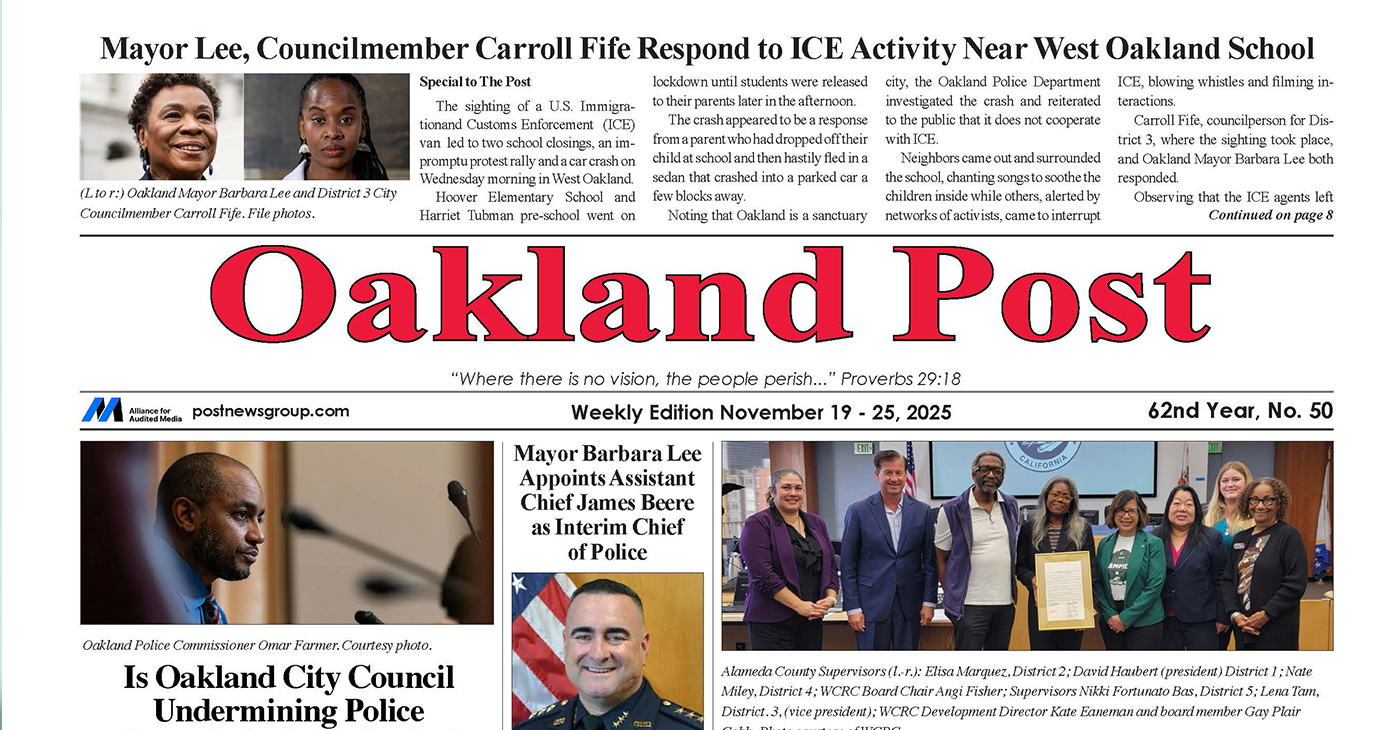
To enlarge your view of this issue, use the slider, magnifying glass icon or full page icon in the lower right corner of the browser window.
Activism
IN MEMORIAM: William ‘Bill’ Patterson, 94
Bill devoted his life to public service and education. In 1971, he became the founding director for the Peralta Community College Foundation, he also became an administrator for Oakland Parks and Recreation overseeing 23 recreation centers, the Oakland Zoo, Children’s Fairyland, Lake Merritt, and the Henry J. Kaiser Convention Center.
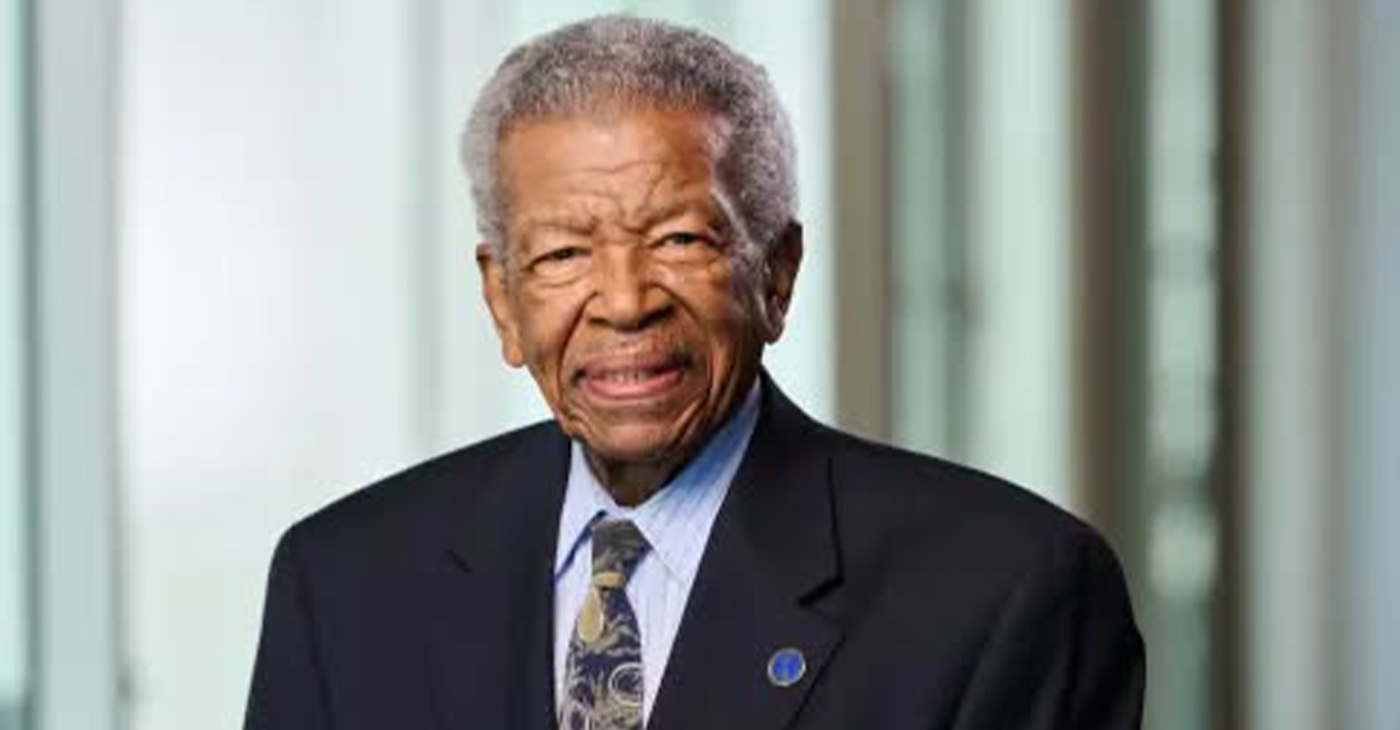
William “Bill” Patterson, 94, of Little Rock, Arkansas, passed away peacefully on October 21, 2025, at his home in Oakland, CA. He was born on May 19, 1931, to Marie Childress Patterson and William Benjamin Patterson in Little Rock, Arkansas. He graduated from Dunbar High School and traveled to Oakland, California, in 1948. William Patterson graduated from San Francisco State University, earning both graduate and undergraduate degrees. He married Euradell “Dell” Patterson in 1961. Bill lovingly took care of his wife, Dell, until she died in 2020.
Bill devoted his life to public service and education. In 1971, he became the founding director for the Peralta Community College Foundation, he also became an administrator for Oakland Parks and Recreation overseeing 23 recreation centers, the Oakland Zoo, Children’s Fairyland, Lake Merritt, and the Henry J. Kaiser Convention Center.
He served on the boards of Oakland’s Urban Strategies Council, the Oakland Public Ethics Commission, and the Oakland Workforce Development Board.
He was a three-term president of the Oakland branch of the NAACP.
Bill was initiated in the Gamma Alpha chapter of Kappa Alpha Psi Fraternity.
In 1997 Bill was appointed to the East Bay Utility District Board of Directors. William Patterson was the first African American Board President and served the board for 27 years.
Bill’s impact reached far beyond his various important and impactful positions.
Bill mentored politicians, athletes and young people. Among those he mentored and advised are legends Joe Morgan, Bill Russell, Frank Robinson, Curt Flood, and Lionel Wilson to name a few.
He is survived by his son, William David Patterson, and one sister, Sarah Ann Strickland, and a host of other family members and friends.
A celebration of life service will take place at Henry J. Kaiser Convention Center (Calvin Simmons Theater) on November 21, 2025, at 10 AM.
His services are being livestreamed at: https://www.facebook.com/events/1250167107131991/
In lieu of flowers, donations can be made to the Euradell and William Patterson scholarship fund TBA.
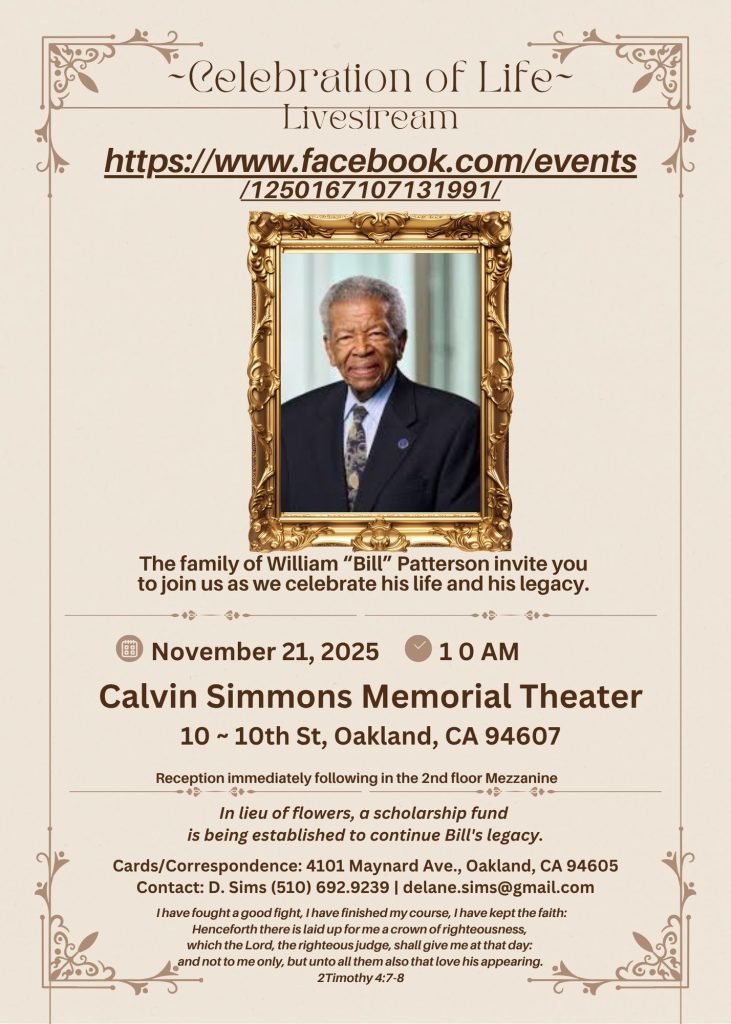
-

 Activism3 weeks ago
Activism3 weeks agoOakland Post: Week of November 12 – 18, 2025
-

 Activism4 weeks ago
Activism4 weeks agoOakland Post: Week of November 5 – 11, 2025
-

 Activism2 weeks ago
Activism2 weeks agoIN MEMORIAM: William ‘Bill’ Patterson, 94
-

 Activism3 weeks ago
Activism3 weeks agoHow Charles R. Drew University Navigated More Than $20 Million in Fed Cuts – Still Prioritizing Students and Community Health
-

 Bay Area3 weeks ago
Bay Area3 weeks agoNo Justice in the Justice System
-

 #NNPA BlackPress3 weeks ago
#NNPA BlackPress3 weeks agoThe Perfumed Hand of Hypocrisy: Trump Hosted Former Terror Suspect While America Condemns a Muslim Mayor
-

 #NNPA BlackPress2 weeks ago
#NNPA BlackPress2 weeks agoTrump’s Death Threat Rhetoric Sends Nation into Crisis
-

 #NNPA BlackPress4 weeks ago
#NNPA BlackPress4 weeks agoProtecting Pedophiles: The GOP’s Warped Crusade Against Its Own Lies

